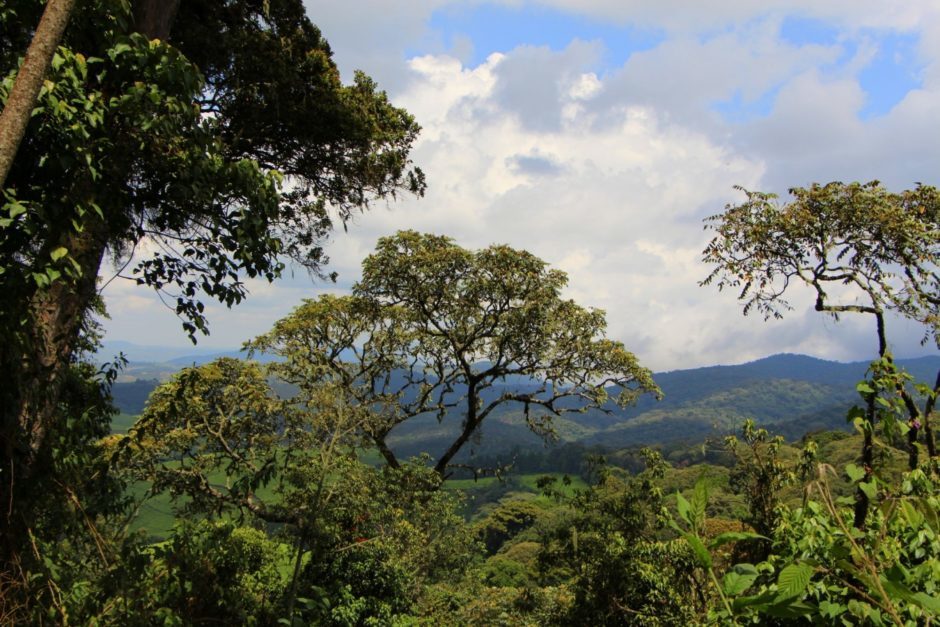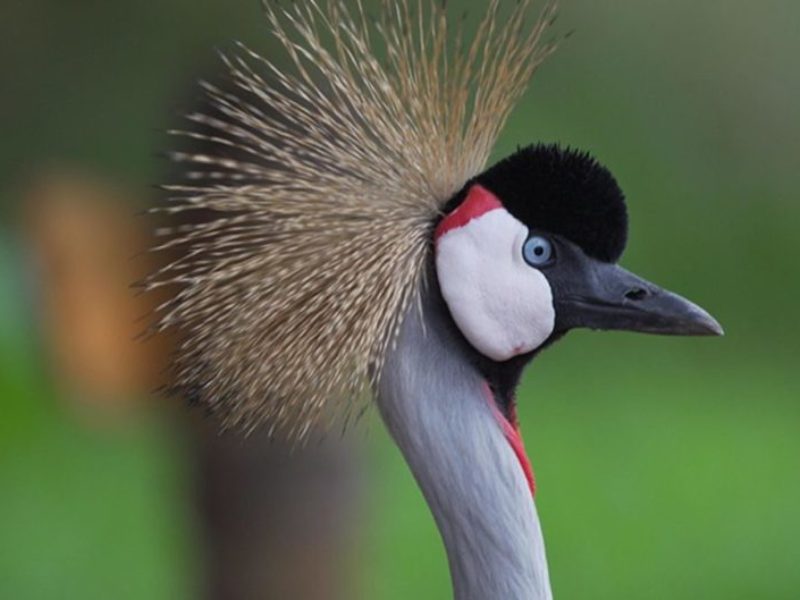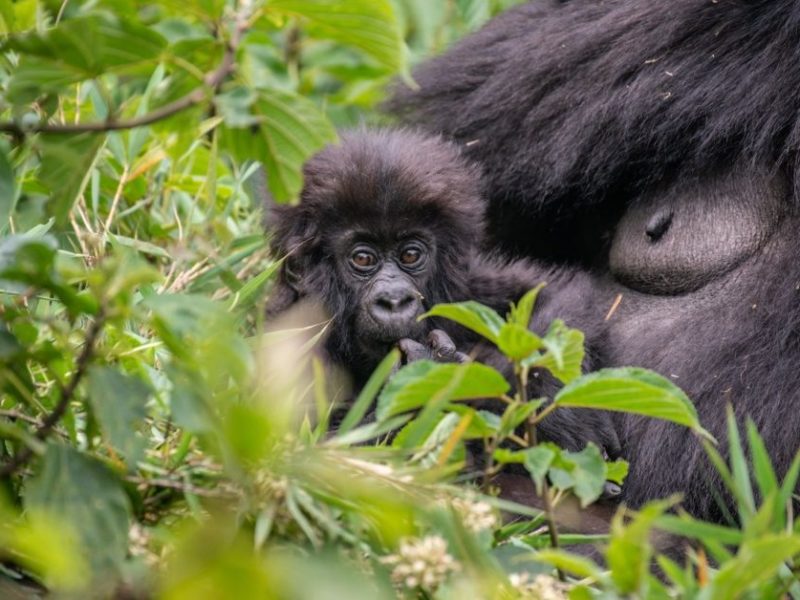
Kibira National Park in Burundi
The Kibira National Park is a national park in northwestern Burundi. Overlapping four provinces and covering 400 km². Kibira National Park lies atop the mountains of the Congo-Nile divide. It extends north from the provincial town of Muramvya to the border of Rwanda where it is contiguous with the Nyungwe National Park. It is estimated that around 16% of the park consists of primary montane rainforest, and is adjacent to two large tea plantations, one in Teza and the other in Rwegura. Dominant tree species include Symphonia globulifera, Newtonia buchananii, Albizia gummifera, and Entandrophragma excelsum.
The forest contains areas of montane bog and bamboo stands. The Kibira is home to a number of primate species, including chimpanzees and black and white colobus monkeys, and boasts over 250 species of birds, including the majestic Great Blue Turaco. The park is managed by the Institut National pour l’Environnement et la Conservation de la Nature (INECN).
Until 1933, this forest was a hunting reserve of the Kings of Burundi.
The local people respected the forest, investing it with magical power. Rights of use for livestock grazing and the gathering of forest products were recognized. The sacred character of the forest, even prior to the colonial era, helped to conserve it. Between 1933 and 1980 Kibira was classified as the Congo-Nile Ridge Forest Reserve, first under Belgian rule, then after Burundian Independence in July 1962.
Only the extraction of high-value timber was regulated and controlled. Between Independence and 1980, the right to allocate new land for cultivation within the defined boundary was abolished, although grazing rights were retained. Despite its status as a National Park, there is much pressure on parts of the forest as a result of felling of trees and cutting of bamboo, fire, and poaching, and encroaching subsistence agriculture.
Perched on the top of Congo-Nile ranges, between 1550 and 2660m of altitude, Kibira park is a majestic primeval rainy forest covering 40,000hectares. Former sacred hunting reserve for the kings of Burundi, it is today instituted a protected area and is habitat to some 98 mammal species, a dozen of primates (numerous families of chimpanzees, baboons, tailed monkeys, black colobus), but also some 200 species of birdlife.
Many streams and rivers that irrigate the country in the east as well as in the west have got their sources in this park. This rainy forest plays a major role in the formation of the basins of Congo and Nile Rivers of which it constitutes the watershed line. It is also one of Mugamba regions with the highest rainfall in the country.
Although it has not been visited since the war, this park became long ago a tourist attraction very appreciated by visitors: led by guards of the park, tourists would go deep in the dark undergrowth to discover the charms of the primeval forest, with all along the way, fantastic melodies of birds. To access the park, you pass through huge tea plantations of Teza and Rwegura, which constitute already charming attractions.
At the moment, it is possible to reach inside the park via the tourist pygmies’ village of Busekera, but also at the level of the hydroelectric dam of Rwegura, another tourist curiosity with magnificent vista, favorable to rest and an outdoor picnic.


